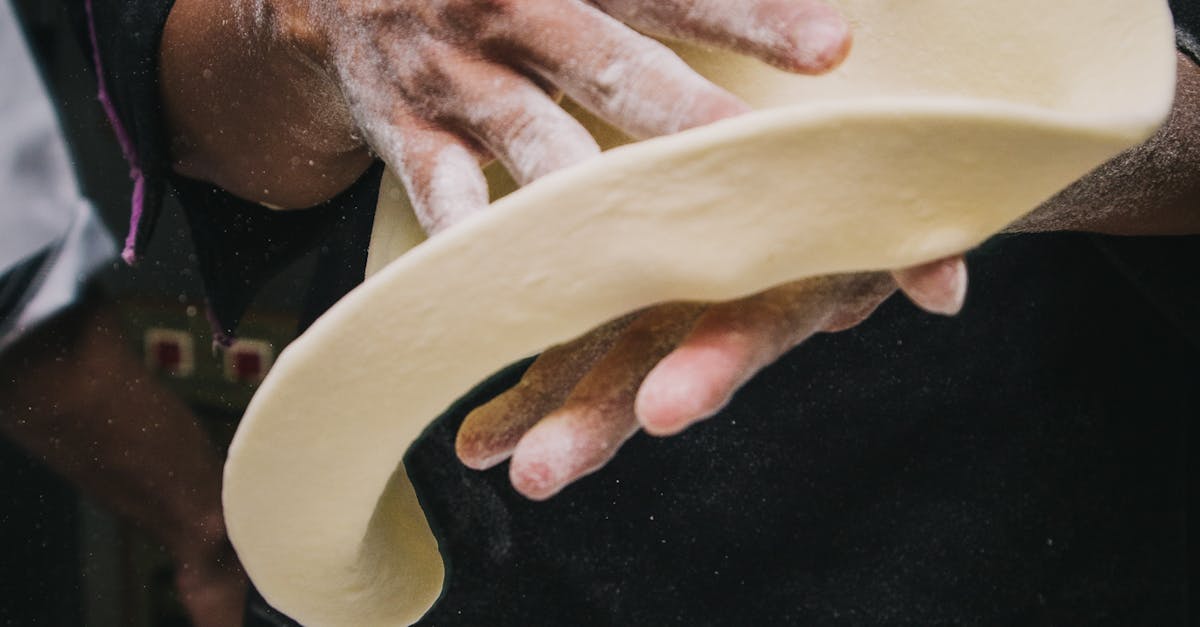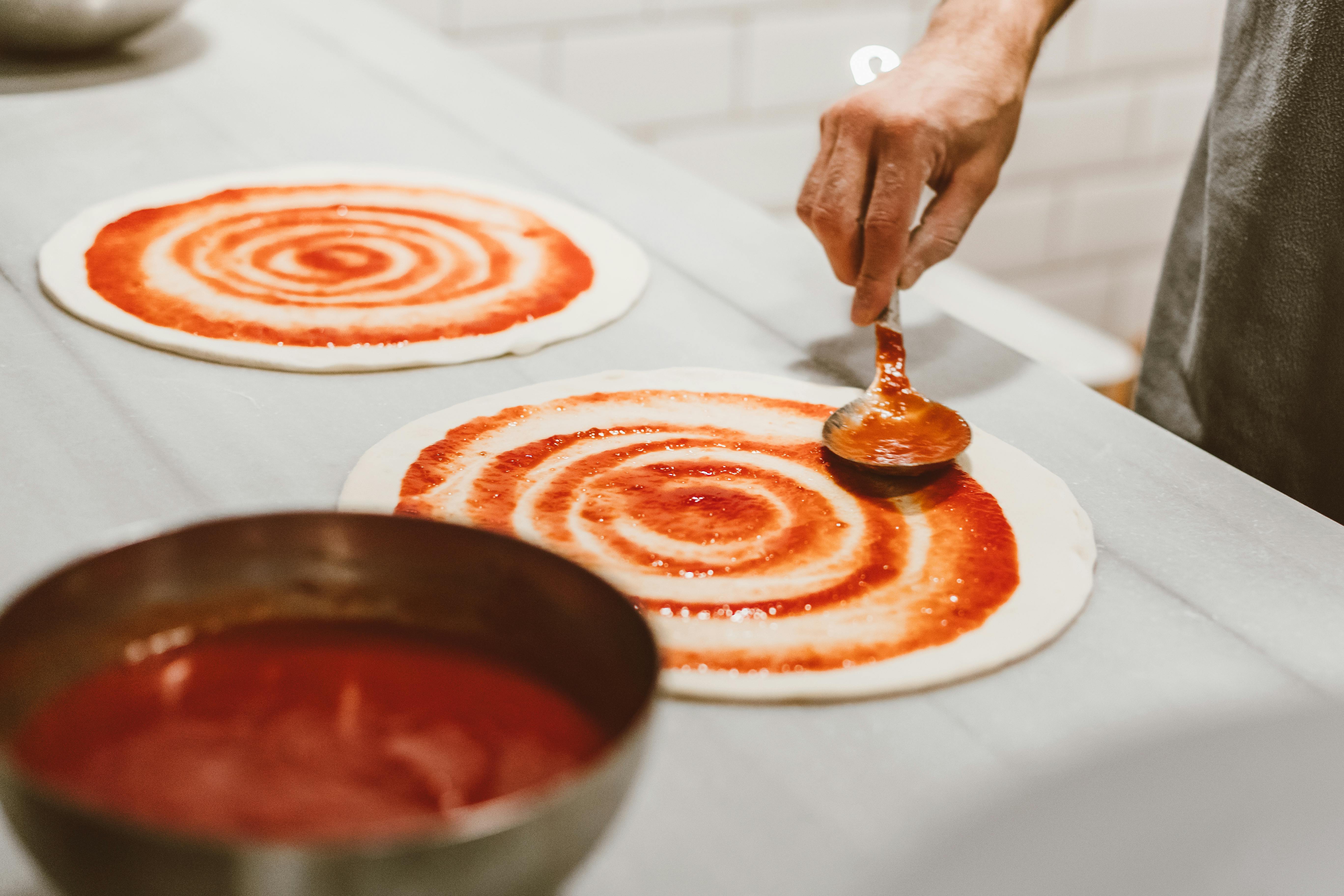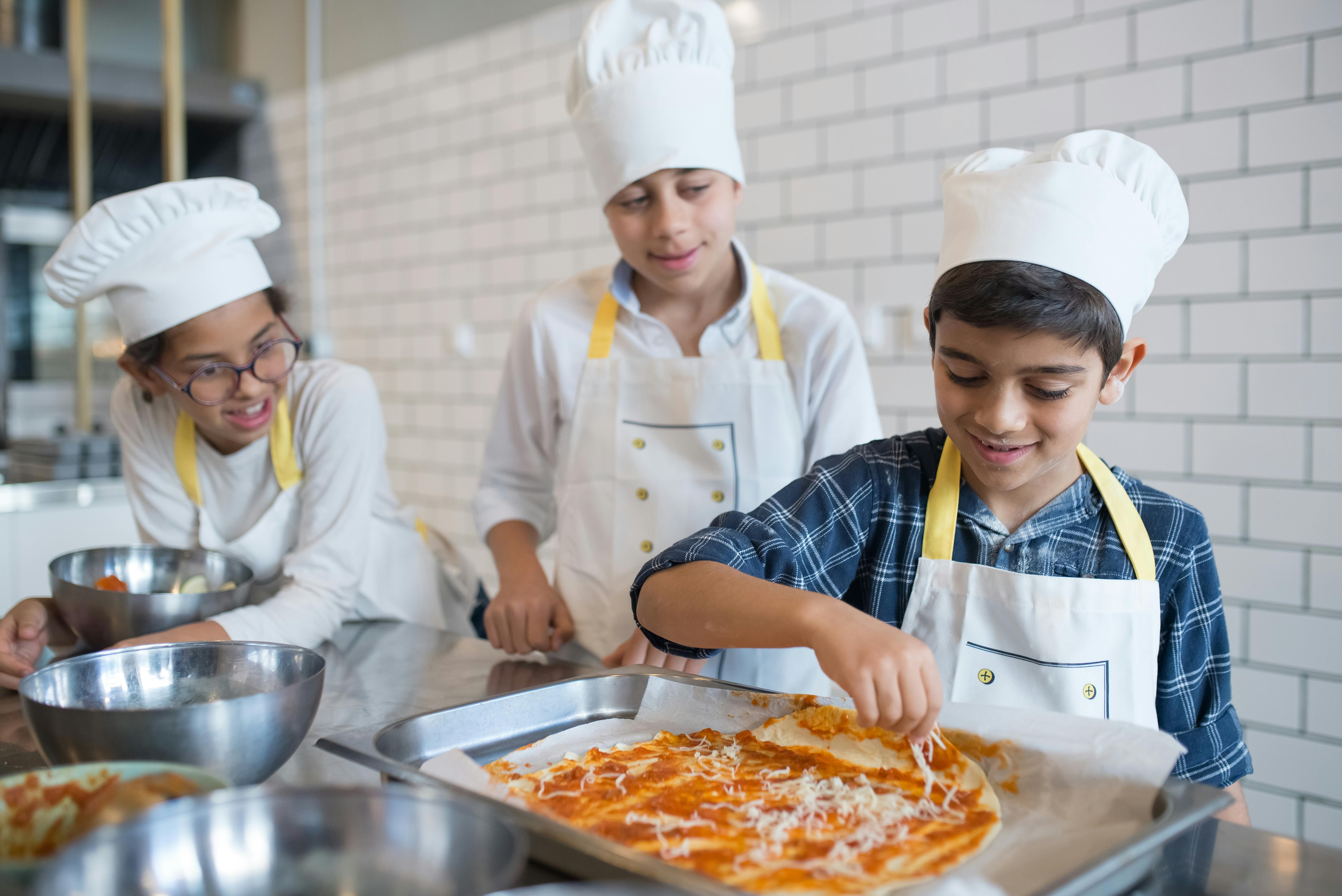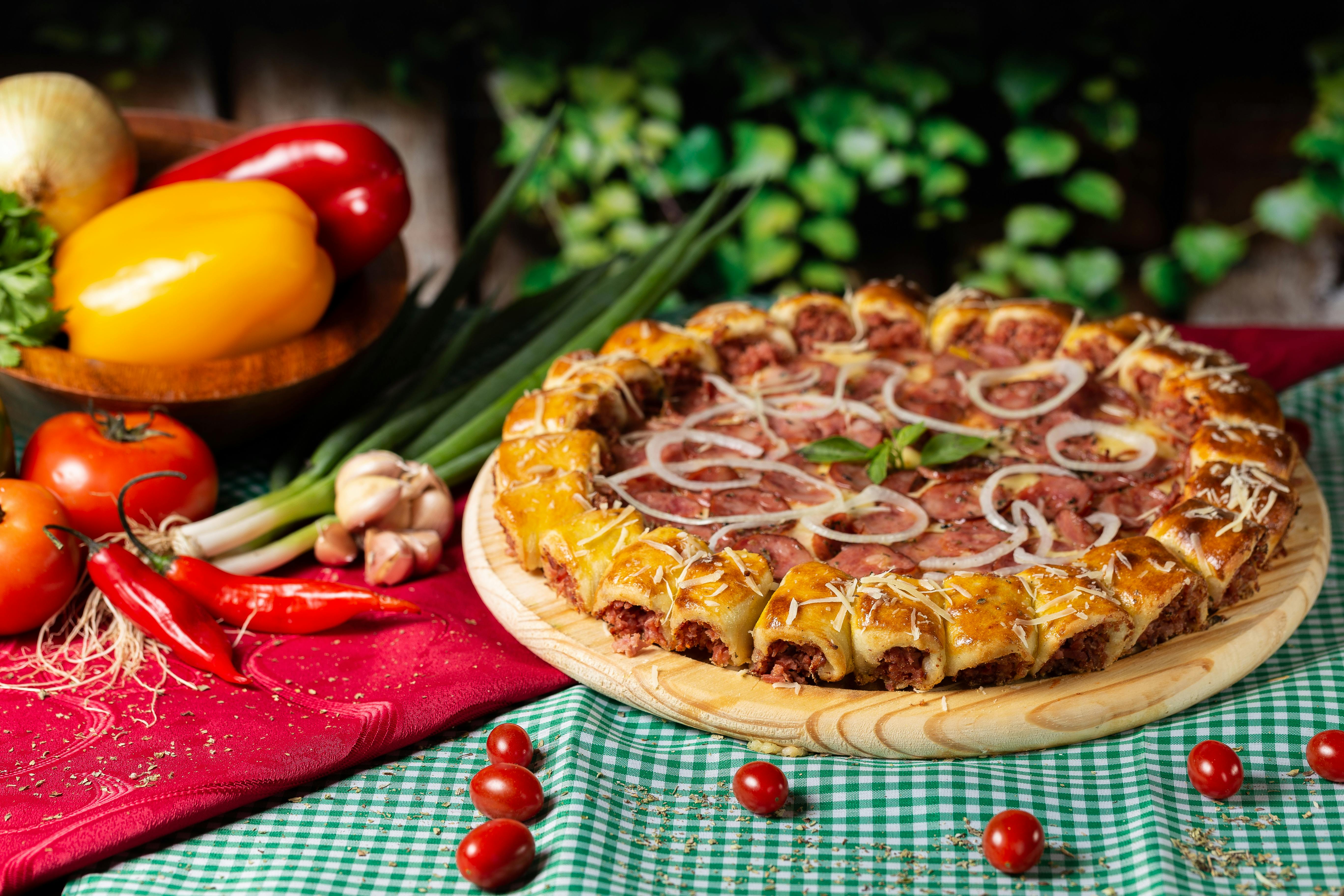
There’s something magical about crafting pizza at home and watching friends and family flock to the kitchen by the aroma alone. But let’s get real: achieving restaurant-quality pizza at home isn’t just about the toppings you love or the cheese you pile on-it’s a game of science and simplicity, from dough development to final bake. At Best Pizza Ovens, we live and breathe this quest for perfection, and in this guide we’ll share the real secrets we’ve learned-so you can skip the trial-and-error and serve up show-stopping pies every time.
1. Unlocking the Secrets of Pizza Oven Temperature
If there’s one difference between pizzeria pizza and homemade, it’s heat. The best pizzerias use ovens that soar past 800°F, creating that irresistible leopard-spotted crust and bubbling cheese. Most home ovens top out about 500°F–550°F, but there’s good news: you can still get remarkably close by choosing the right equipment and strategy.
- Dedicated Pizza Oven: Outdoor ovens like the Ooni Karu 16 or Gozney Dome can reach 950°F, enabling you to bake Neapolitan-style pizza in 60–90 seconds – the hallmark of professional pies. They’re compact, easy to use, and trustworthy allies for serious pizza makers.
- Indoor Electric Ovens: Models like the Breville Smart Oven Pizzaiolo deliver up to 750°F inside your kitchen, granting you supercharged crusts where space is limited.
- Classic Home Oven: No pizza oven? Use a baking stone or steel on the top rack, crank the broiler, and preheat for at least an hour. This simulates pizzeria conditions far better than baking on a cold sheet pan.
For true restaurant results, always preheat your oven and stone or steel for a full hour-don’t rush this step! If you’re serious about pizza, check out our full guide to the best pizza ovens for every space and style.

2. The Foundation: Dough That Delivers
Even the hottest oven won’t save you if your dough is mediocre. We believe homemade dough is non-negotiable for anyone craving genuine pizzeria flavor and texture. Here’s how to nail it:
- Choose the Right Flour: For Neapolitan-style pizza, go for “00” flour for a silky, light crust. Bread flour works well for New York-style pies with a stronger chew.
- Hydration: Aim for a dough with 60–65% water content. Wetter doughs are sticky to handle, but bake into beautifully airy crusts.
- Salt and Yeast: About 2% salt and a splash of yeast bring balance. You can add a dash of olive oil for extra tenderness.
- Cold Fermentation: After kneading, rest the dough in the fridge for 24–72 hours. This slow ferment gives depth of flavor and that classic pizzeria aroma.
- Gentle Stretching: When it’s time to bake, handle the dough delicately by hand, pressing from the center out to create a puffy rim-never roll! This preserves the bubbles you worked so hard to develop.

3. Topping Techniques: The Art of Restraint
Pizzeria chefs keep toppings sparse and strategic-not for looks, but to guarantee even baking, crisp crust, and pure flavors. Here’s how we approach every pizza:
- Sauce: Just enough to cover the base. Go heavier and you risk soggy pizza territory. If you’re making sauce from scratch, choose ripe San Marzano tomatoes, a pinch of sea salt, and a drizzle of olive oil-no need to overcomplicate.
- Cheese: Whole-milk mozzarella delivers the melt and stretch we all crave. Pat fresh cheese dry to avoid excess moisture. Blend with a bit of low-moisture mozzarella to nail both texture and flavor.
- Less Is More: For each 12-inch pie, stick with 1/4 to 1/3 cup of sauce, and about 4 ounces of cheese. Pile on too many toppings and you’ll swamp your crust, losing out on both crunch and lift.
- Finish with Flair: A swirl of olive oil before baking, and fresh basil or arugula right after, takes your pizza to another level. For a smoky punch, add a sprinkle of chili flakes or a touch of coarse sea salt just before serving.
4. Step-by-Step: From Dough Ball to Golden Slice
- Knead and ferment your dough ahead of time-aim for a long, cold ferment in the fridge.
- Remove dough from the fridge 2 hours before baking, letting it come to room temperature for easy stretching and better oven spring.
- Shape your pizza carefully by hand, pressing gently and preserving air bubbles in the rim for a blistered, airy crust.
- Top efficiently: Sauce, cheese, and toppings-work quickly, especially with high-hydration doughs that otherwise stick to your pizza peel.
- Bake at maximum heat until the bottom is crisp and the cheese is bubbly-generally 60–90 seconds in an ultra-hot oven or 6–8 minutes in a regular one (with broiler boost for best effect).
- Rest and finish with herbs or olive oil, then slice and savor!

5. Essential Gear for Restaurant Results
- Pizza Oven: Want to go all-in? Outdoor ovens like Ooni Karu 16 or Dome from Gozney are king for authentic results. Check out our outdoor pizza oven recommendations here.
- Pizza Stone or Steel: Thick stones or modern baking steels transform home ovens-giving your crust that pro-level puffy char.
- Pizza Peel: Use a wooden one for launching pizzas (so dough slides off easily), and a metal peel for retrieving finished pies.
- Infrared Thermometer: Double-check the surface temperature of your stone or steel before launching your pizza for best results.
6. Troubleshooting Pizza Problems
- Soggy Crust: Too much sauce, wet cheese, or a cold stone. Next time, go easy on toppings and double-check your oven heat.
- Dense or Rubbery Dough: Under or over-kneaded, or skipped the cold ferment. Be patient-the fridge time makes all the difference for texture and flavor.
- Pale or Underbaked Crust: Stone or steel not hot enough, or toppings are too thick. Always preheat thoroughly and top with a light hand.
7. Final Tips and Inspiration
- Practice makes perfect: Don’t stress over perfection; every pizza teaches you something new. Embrace a little char, and remember: the best pizza is handmade, not factory-perfect.
- Get the whole family involved: Kids love stretching dough and choosing their own toppings-pizza night is a guaranteed crowd-pleaser.
- Experiment fearlessly: Once you master the basics, try new cheeses, creative sauces, or non-traditional toppings. Pizza is a blank canvas.
Ready to upgrade your pizza game? Browse our curated reviews and guides for the best pizza ovens, tools, and techniques-so your homemade pizza finally tastes as unforgettable as the memories you make while baking it.
